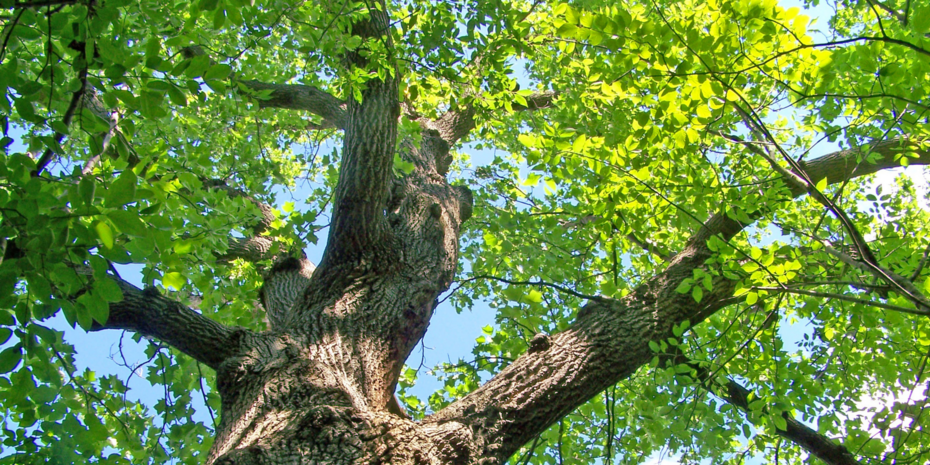Monitoring & Evaluation of Tree Plantings

Monitoring & Evaluation of Tree Plantings
Monitoring tree planting tracks survival, growth, and quality to ensure that forest restoration is successful. Field teams should use clear protocols and apps to spot issues early, trigger replanting if needed, and collect data e.g. for carbon credits. This report explains how to plan, run, and report monitoring campaigns to improve outcomes of forest restoration and meet stakeholder needs.
Executive Summary Successful forest restoration depends not just on planting trees, but on ensuring those trees survive, grow, and thrive. Monitoring is the backbone of this process. It provides the data and insight needed to track planting quality, identify problems early, and take corrective action when needed—whether that means fixing planting errors on the spot, triggering replanting, or validating carbon credit claims. This report outlines a practical, field-tested approach to monitoring tree planting efforts. It emphasizes the importance of well-trained field teams, consistent monitoring protocols, and the use of digital tools to streamline data collection and analysis. Five standard monitoring campaign types are introduced, each designed to meet specific operational needs at key moments—from verifying that plantings match design specifications to assessing survival rates and quantifying long-term impact. Clear monitoring processes not only drive higher quality outcomes in the field but also strengthen communication with stakeholders such as landowners, customers, and contractors. By linking funding and success metrics directly to measurable outcomes, effective monitoring makes forest restoration more accountable, transparent, and scalable. This report serves as a guide for teams to prepare, execute, analyze, and communicate their monitoring work with confidence and clarity.
Kind of License: Not stated/unknown
- Monitoring & Projecting
- Landowners & Practitioners
- Planners & Implementers
- Landscape
- Plot/Stand

